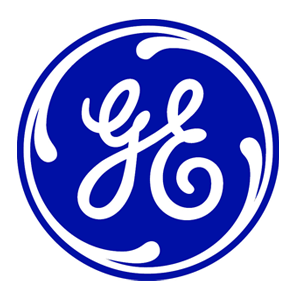Technology For Good: GE Curing and Innovation From X-rays to Women’s Health
Technology For Good: GE Curing and Innovation From X-rays to Women’s Health
“A 50,000,000-volt biased betatron producing high-energy x-rays is expected to have value in cancer research. It weighs eight tons and is a compact version of the 135-ton betatron operated at 100,000,000 volts in the laboratory for several years in atomic research.”
When exploring 120 years of GE annual reports with their new data visualization , it’s easy to see that cancer research has progressed since the above paragraph was published 64 years ago. The same goes for GE’s healthcare business, which currently employs 46,000 people worldwide. Since the 1970’s, GE innovation has improved the quality of healthcare while providing doctors the tools to catch deadly diseases like cancer before it is too late.
X-ray technology was GE’s first entrance into the healthcare industry. Twenty years after GE waded into this space, GE scientist Jacob G. Rabatin developed a highly efficient x-ray machine that allowed doctors to see more. That same machine dropped medical x-ray exposure to which patients were exposed down to one-quarter of the levels typical of standard x-ray devices.
By the 1970’s GE had ramped up new developments in healthcare. Internal medicine diagnostics progressed with a new scanner launched by GE’s Research and Development Center and Medical Systems Division in 1976. Called a “computed tomography scanner,” the machine could take detailed x-ray cross sections of the body in less than 5 seconds. That rate was 4 to 60 times faster than other total body scanners doctors had used at the time. Fidgety patients were no match for the scanner because new technologies reduced blurring and offered doctors a more lucid picture.
To read the full article, please click here.

